What is the principle of the difference between a supply which provides 0-18V and +9V and -9V?
If I am using a circuit which takes a +/-9V power supply, and instead start powering it with 2 9v batteries, is there a fundamental difference in the supply, or is it just a verbal one?

